
Share Post:
Writers do not work like other people. Their days bend around strange habits, fixed routines, and quiet rules no one else sees. Some call it discipline. Others call it madness. Whatever the name, it shapes how they work and how their words reach the world.
Not every writer sits at a desk with a cup of tea and a tidy plan. Some refuse comfort. Some chase it. What matters is that they find a way in—and once they do, nothing else matters.
Table of Contents
ToggleSmoke, Thought, and the Slow Rhythm of the Pipe
Writing demands stillness, but not every writer finds it the same way. For some, silence arrived only when the scent of burning leaf filled the air. The pipe gave their thoughts a gatekeeper. The ritual slowed everything else down.
Writers Who Found Power in the Pipe
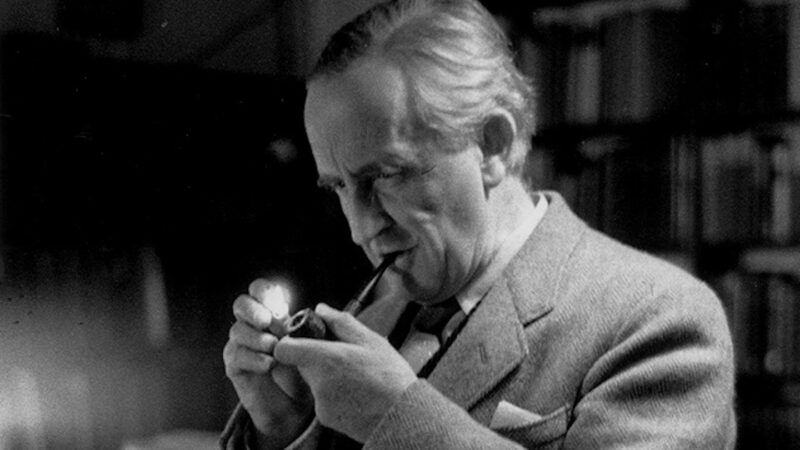
The pipe did not serve as decoration. It shaped the tone, pace, and mental environment of the work itself.
- J.R.R. Tolkien
Built his writing routine around quiet moments with his pipe. He created entire cultures that mirrored his habit—hobbits smoking pipe-weed in peaceful corners of Middle-earth. - C.S. Lewis
Brought his pipe into lectures, essays, and late-night readings. He viewed it as a companion during mental labor, not a break from it. - Bertrand Russell
Paired pipe smoke with exact thinking. For him, the pipe reflected control. It gave shape to pauses between arguments and clarity to tangled thoughts.
Writers today often search for the same quiet, the same entrance into serious work. A high-quality pipe provides that gateway. It grounds the writer, gives pause between ideas, and turns preparation into ritual. Real focus rarely comes without structure. The pipe becomes part of that structure.
The right pipe does not serve as decoration. It belongs beside the notebook or keyboard. Every writer deserves that same level of atmosphere, space, and self-discipline. With premium smoking pipes, writers can set the tone before the first word appears.
Words Without Clothes: How Victor Hugo Forced Himself to Finish
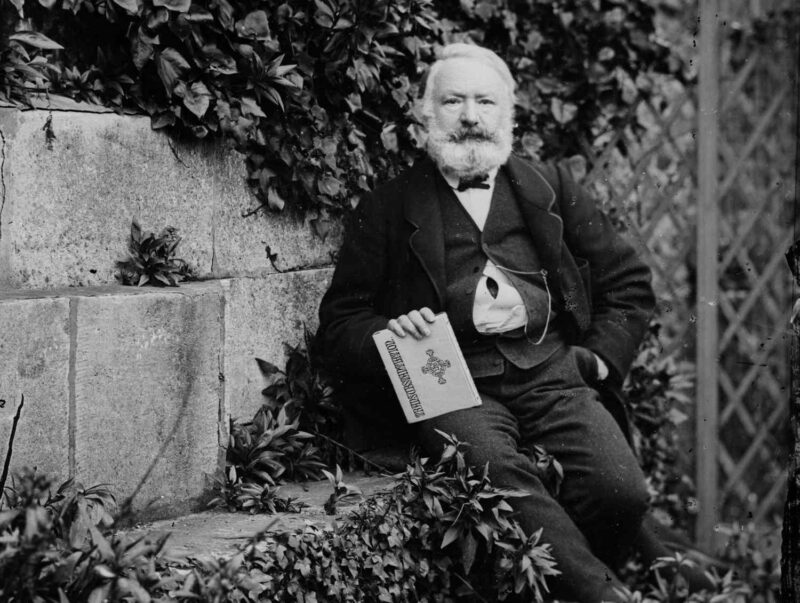
Some writers wait for motivation. Victor Hugo refused to wait at all. Deadlines haunted him. Delays surrounded him. When he faced pressure to finish The Hunchback of Notre-Dame, he created his own prison.
Writing Without Clothes, Literally
Hugo gave his servant strict instructions to take away all his clothes. He locked himself inside his home with nothing but a blanket, ink, and paper. He stripped away every excuse, every distraction, and every reason to leave the room. Cold floors and ink-stained hands replaced comfort.
- No wardrobe meant no wandering
- Windows stayed shut until pages filled
- Each draft became survival through willpower
- Meals arrived by arrangement, not appetite
The Pressure That Built the Book
Hugo worked with speed and desperation. His publisher gave him an ultimatum. His solution was to trap himself inside an artificial deadline. Removing his clothing forced a kind of exile that left only the work in front of him.
- Writing became labor under pressure
- No tools beyond essentials
- Routine turned into self-imposed isolation
- Creative urgency shaped the pace of every chapter
Not all writers handle pressure with that level of extremity. Still, Hugo proved that mental limits often collapse when external comforts disappear. Every page he produced under that condition bore the weight of absolute focus.
Flat on His Back: The Horizontal World of Truman Capote

Truman Capote treated the idea of a desk with contempt. He worked only while horizontal. The bed became his office. The couch became his archive. For him, writing stood still only when his body did the same.
Capote wrote everything by hand. Legal pads, pencils, cigarettes, and drinks surrounded him in layers. He preferred silence and slow movement. Everything stayed close. Nothing moved unless he moved it with purpose.
- Pencils sharpened before every session
- Coffee in the morning, martinis by the evening
- Drafts stayed handwritten for full control
- Revision started only when he read aloud
Fifty Cups Deep: Balzac’s Obsession With Coffee and Control
Honoré de Balzac turned coffee into fuel, punishment, and ritual all at once. Most people sip coffee to wake up. Balzac swallowed it to survive entire nights of writing. He treated it as necessity.
A Schedule Without Sleep
Balzac often woke around 1 AM. His first action was to drink coffee. His last action before sleep was the same. The space between those two cups became his window for creating entire novels.
- Work sessions lasted 14 to 16 hours
- Breaks meant fresh pots, not rest
- Manuscripts grew rapidly in volume
- Deadlines chased him, but caffeine outran them
Read to the Walls: Flaubert’s Obsession With Sound

Gustave Flaubert could not finish a sentence until he heard how it lived in the air. He walked alone into his soundproofed room, stood tall, and shouted each line with full voice. He called it his “gueuloir,” or screaming chamber.
Sentences Had to Earn Their Place
Every word mattered. Every syllable had to strike the right note. Flaubert obsessed over balance, sound, and rhythm. His novels took years because his standards left no room for filler or excess.
- Read each sentence aloud over 40 times
- Checked the flow and breath of every phrase
- Treated writing like orchestration
- Sacrificed speed for sonic perfection
He believed the ear caught what the eye missed. The wrong tone meant weakness. If a line faltered when spoken, it did not belong. His edits came not by logic, but by sound.
Murder in the Bathtub: Christie’s Quiet Planning Ritual
Agatha Christie found her best ideas nowhere near her desk. She solved literary murders in the bath. Apples floated beside her. Her mind worked far from the typewriter and close to calm.
Plots Came in Stillness
She believed that silence and comfort helped unlock complex problems. The tub offered warmth, quiet, and distance from routine distractions. It became her plotting chamber.
Christie carried full storylines in her head before writing them down. Scenes played like film. Clues clicked into place without pressure. She turned inward before outlining anything formal.
The Cork-Lined Cave: Proust’s Shelter for the Mind
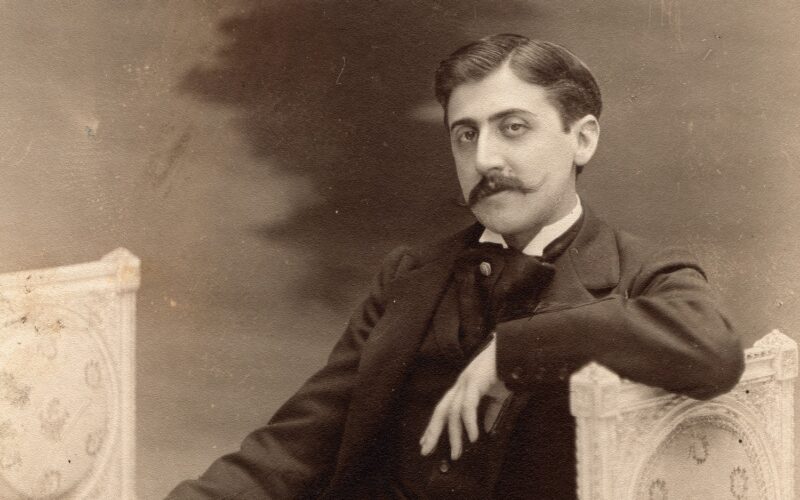
Marcel Proust sealed himself away. Curtains stayed closed. Walls were covered in cork. Sounds vanished. Light vanished. He created a personal vault where only thought remained.
Space That Served the Sentence
Proust controlled every element around him. He suffered from asthma and light sensitivity, but he used those limits as tools. The isolation gave him full immersion.
- Wrote in bed surrounded by drafts
- Used feather quills and notebooks
- Curtains blocked all daylight
- Rooms were rearranged to muffle noise
Time Became Elastic
He woke late, wrote at night, and worked through waves of memory and emotion. His writing had no clock. The external world no longer applied. That gave him access to detail few could match.
Bone in a Jar: Roald Dahl’s Private Writing Hut
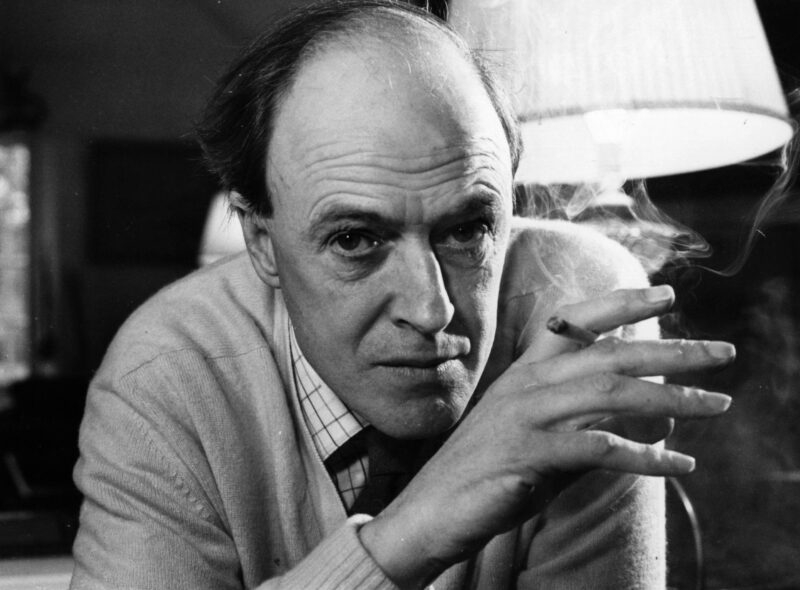
Roald Dahl built a world of his own, but not only in books. Behind his house stood a small hut where he worked alone, surrounded by strange personal objects. No one entered. Nothing moved unless he moved it.
A Room That Stayed Frozen in Time
The chair was old, patched, and sunken. A wooden board rested across his lap. Pencils, yellow pads, and odd relics filled the space. One of those relics was his own surgically removed hip bone, kept in a jar.
- The board became his only writing surface
- Light came from a single shaded lamp
- He sharpened six pencils before starting
- A warm blanket covered his legs, no matter the season
Total Isolation, Total Control
No phones rang inside that room. No visitors crossed the threshold. Dahl created a rule: if the door was closed, the outside world did not exist. The stories stayed inside until he decided they were ready.
Purple Ink and Ceremony: Edith Sitwell’s Ritual of Color
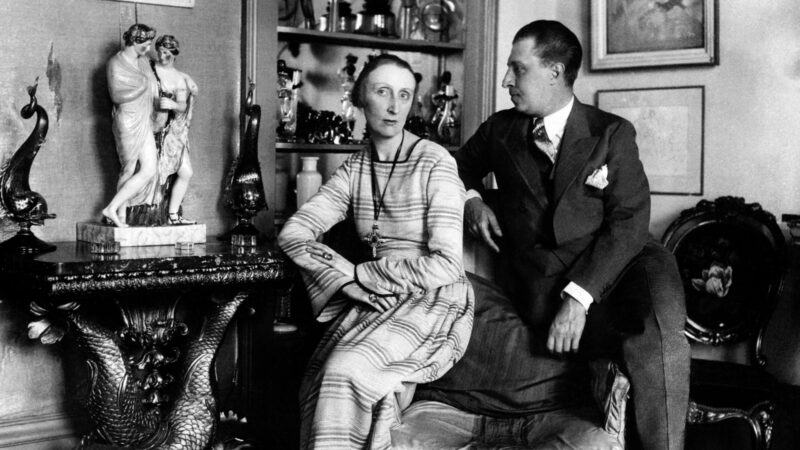
Edith Sitwell refused black ink. She wrote everything in purple. Not because it looked nice, but because she believed the color shaped her thoughts. Her choices came from conviction, not style.
Ritual as Mental Trigger
Sitwell treated her work as sacred. She dressed in eccentric outfits, sat upright in antique chairs, and always used her preferred ink. Her handwriting carried both message and performance.
Order Inside the Unusual
She built her own rules and followed them without fail. Every object, every step, carried meaning. The smallest break in pattern disrupted the entire process.
No Room for Superstition: Capote’s Rules of Avoidance

Truman Capote built his writing process on control, but it stretched beyond comfort. He carried deep superstitions that shaped his movements, his travel, and even his typing schedule. Nothing happened without conditions in place.
Rules That Could Not Be Broken
Capote refused to begin a story on a Friday. He never stayed in hotel rooms numbered 13. If he saw three cigarette butts in an ashtray, he removed one instantly. These actions had no logic. He never tried to explain them.
- Avoided certain dates, numbers, and objects
- Rearranged table settings in public
- Changed hotel rooms without hesitation
- Cancelled sessions if signs felt wrong
What Writers Can Still Learn
Quirks do not make a writer great. Discipline does. Strange habits only matter when they sharpen focus and remove noise. That was the reason behind every locked door, every shouted sentence, every sleepless stretch of work.
Each of these writers built a system around their mind. Some blocked out the world. Some bent time. Others controlled every object on the desk, every light in the room, and every step leading to the chair. None of it happened for show. It happened because the page demanded more than raw effort. It demanded conditions.
Related Posts:
- Nora Roberts Books in Order - Every Novel and Series…
- Debbie Macomber Books in Order - Cedar Cove and More
- Top 15 Enid Blyton Books Every Child (and Parent)…
- 10 Books That Will Break Your Heart (And Stay With…
- 8 Insightful Novels About Isolation, Freedom, and Work
- 12 Best Books That Explain Shapes and Patterns to…









